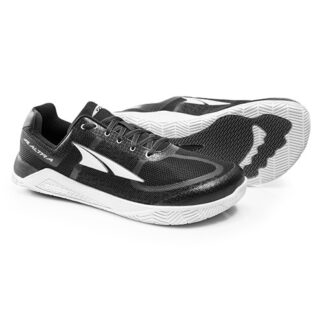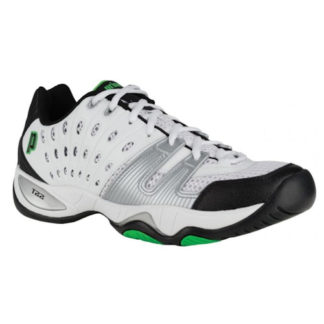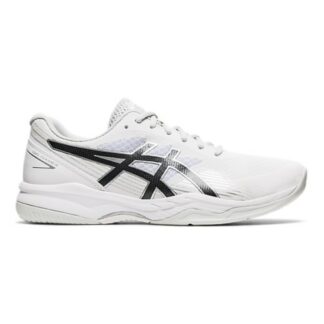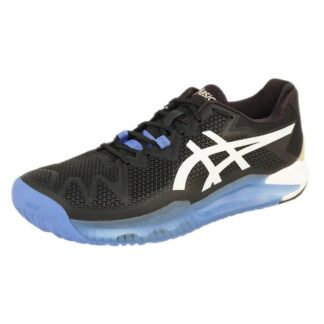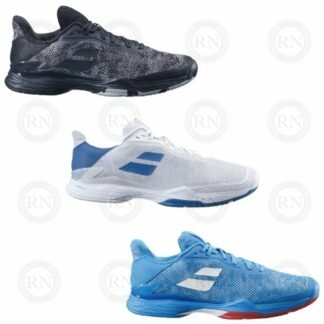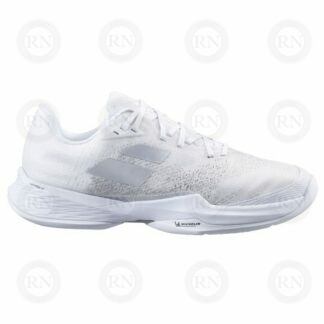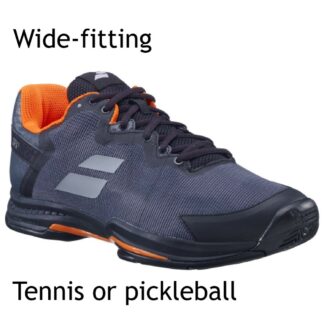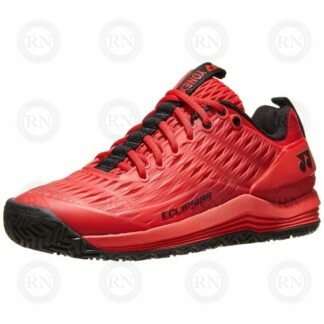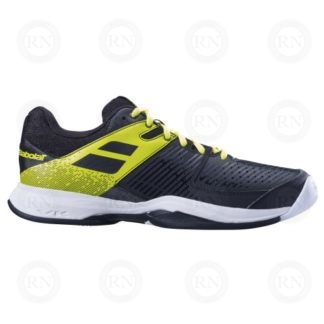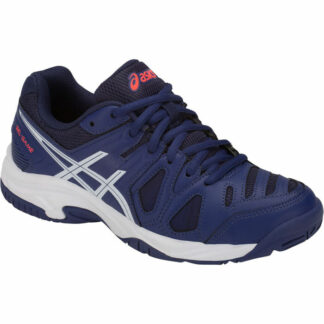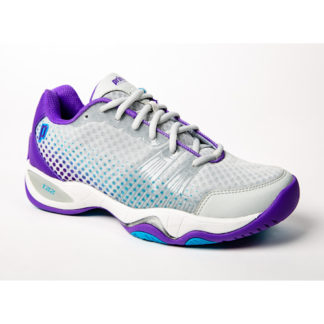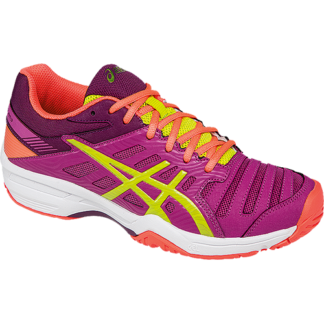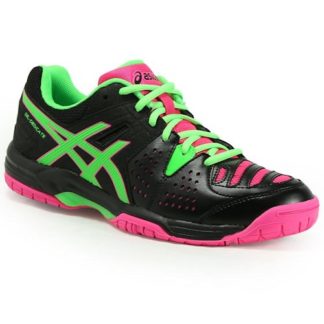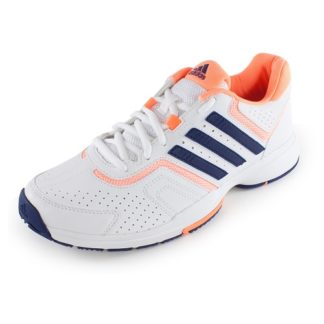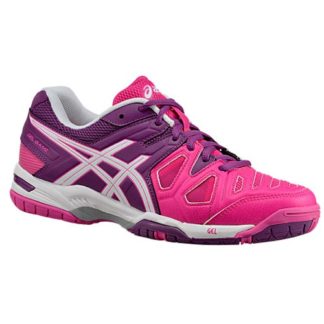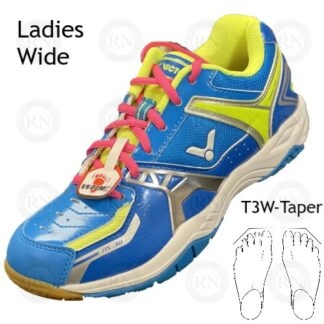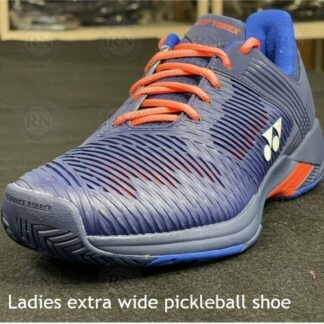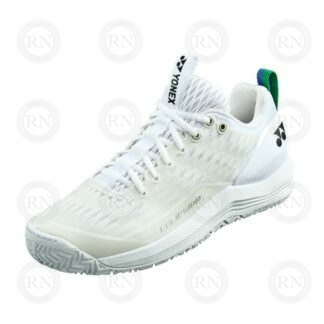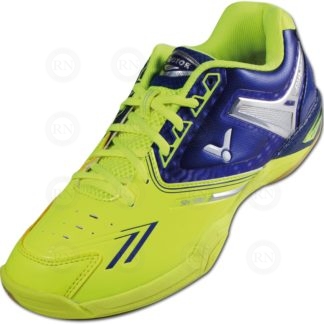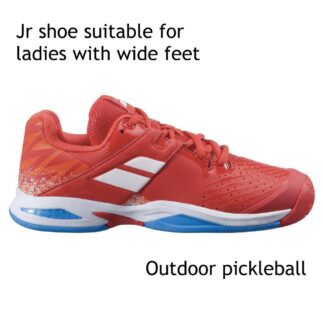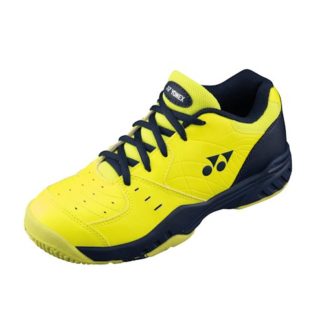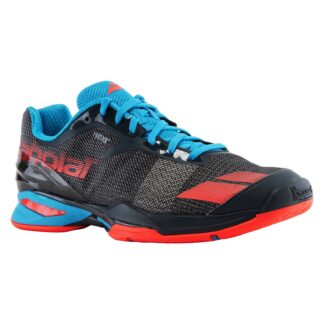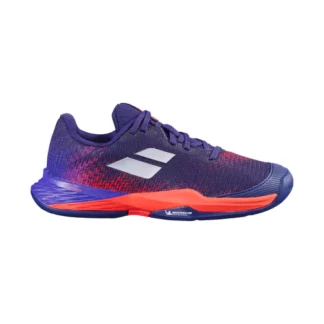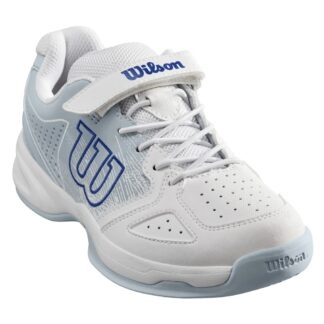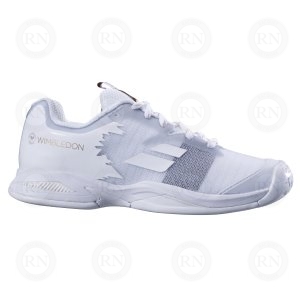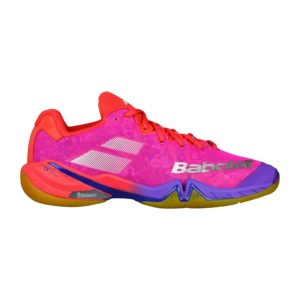
Most of these so-called experts have included the Asics ™ Gel-Rocket in their Top 5, when in fact the Rocket is — at best — a mediocre budget shoe that will not withstand long term adult use.
And how are these “experts” defining best? Best for whom? Best for what?
At Racquet Network, we treat each customer as an individual and try to figure out what is best for them.
For example, if you are playing pickleball indoors at facility with squeaky clean hardwood floors, we will advise a completely different shoe than we would if you told us that you were playing on hardwood floors in a school gymnasium.
This is because we know that players can get away with lower grade rubber when the floors are in pristine condition. But we also know that when floors are not in perfect condition, you will need a shoe with better traction. You will also need to clean that shoe more often, which is something we will teach you how to do.
Simply pronouncing a particular shoe to be “best for pickleball” should be seen for what it is: b***s***.
In order to figure out what is “best” for a particular customer, we must first determine the usage context of the shoe. Indoor or outdoor? Clean or not-so-clean? Acrylic or asphalt? Intermediate/beginner/advanced? 2-3 hours per day or 2-3 hours per week?
The other thing we need to figure out is length, width and foot shape. The Gel-Rocket, for example, is made in a B width for ladies and a D width for men. Therefore it will not fit more than half of all pickleball players over the age of 50.
Most pickleball players need what we call a “French fit.” This is a shoe with a heel-to-forefoot ratio that is slightly narrower in the heel and slightly wider in the forefoot. Most importantly, though, more than half of all pickleball players over 50 will experience foot pain if they choose a shoe with a tapered toe box.
Finally, we have to consider the length of the shoe. Only a small percentage of players have “factory feet.” In fact, most people have one foot that is slightly longer and one foot that is slightly wider. Added to that typical problem is the problem of size variance. From one shoe brand to another, there can be as much as 1.5 centimeters of variance between shoes of the same size.
Can a shoe really be considered “best for pickleball” if it doesn’t fit properly? No it can’t. The best shoe for pickleball is a shoe that A) fits and B) is suited to your specific court conditions. And no one shoe, regardless of brand or model, can be used in all conditions by all sizes and shapes of feet.
Want to find out which shoe is best for you? Come into our store for a fitting. While we are fitting you we will ask you questions about where you will be playing, how often you will be playing and how much you want to spend. Once we know your size, shape, and usage context, we will help you pick the best pickleball shoe for you.

